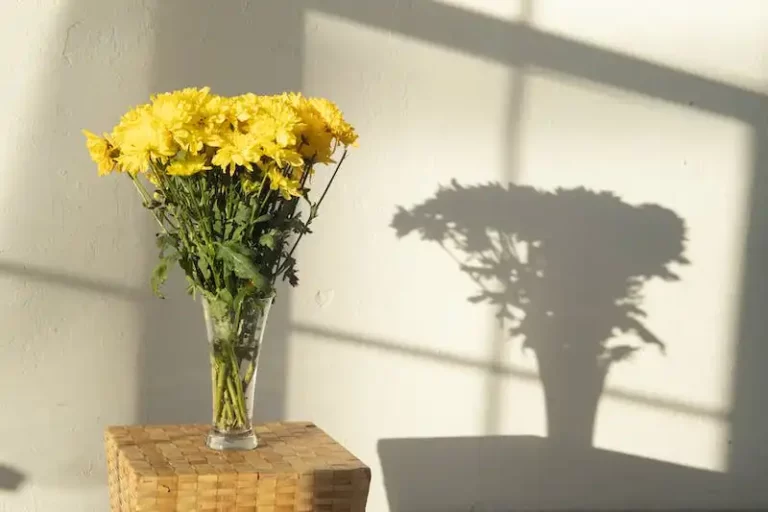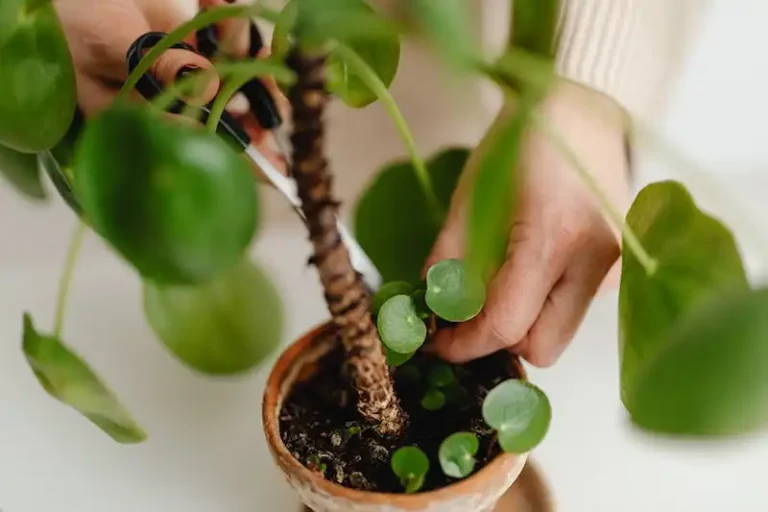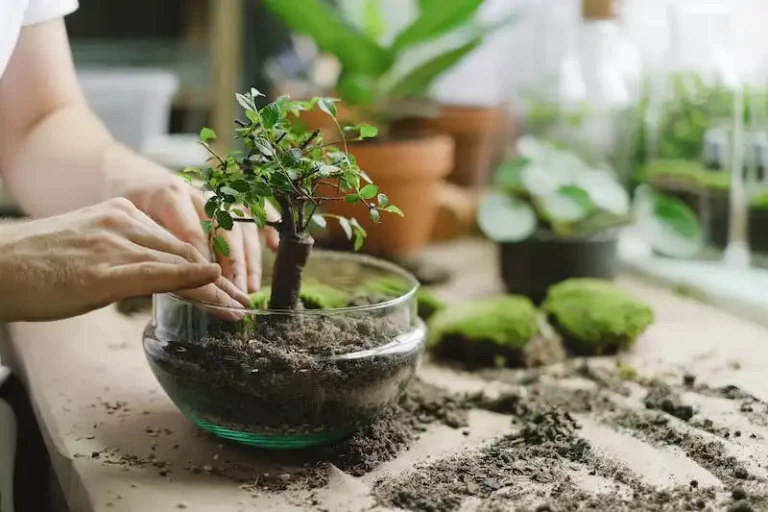Beets are a popular vegetable grown by both beginner and experienced gardeners, thanks to their delicious roots and nutritious greens. However, like any plant, beets can experience their fair share of pests and diseases. To ward off insects and promote healthy growth, it’s important to learn about companion plants that can be beneficial to beets.
One great companion to plant with beets is cabbage. Cabbage and beets benefit each other by deterring pests such as aphids and caterpillars. Carrots and lettuce are also good choices, as they attract beneficial insects like ladybugs and lacewings that feed on aphids. Nectar-rich flowers like marigolds and calendula can be planted nearby to attract pollinators and repel pests such as nematodes.
Another plant that beets can benefit from is sorrel. Sorrel has a strong lemony scent that insects dislike, making it a natural repellent against pests. By inter planting beets with sorrel, you can protect the beets from insects. Additionally, alliums such as onions and garlic can be planted near beets to ward off pests. The strong scents of these plants are deterrents to pests and can help keep your beets safe.
When planning your beet garden, it’s important to consider the distance between each plant. Beets are compact plants that don’t take up much space, so they can be planted next to other vegetables without any issues. Some examples of good companion plants for beets include kale, mustards, and potatoes. These plants are all thought to have beneficial effects on beets, whether it’s improving the flavor or deterring pests.
Additionally, chamomile is a good plant to have in the beet garden as it helps to improve the soil. Beets are heavy feeders and require a lot of nutrients, so having chamomile in the area can help replenish the nutrients in the soil. If you’re unsure which plants to companion plant with beets, ask a gardening expert for their wisdom and advice.
In conclusion, there are several companion plants that can be beneficial to beets. By inter planting beets with certain vegetables and flowers, you can ward off pests, improve the flavor of your beets, and provide them with the necessary nutrients. Some popular companion plants for beets include cabbage, carrots, lettuce, sorrel, alliums, kale, mustards, potatoes, and chamomile. With the right companion plants, you can ensure the health and success of your beet garden.
The Beet Companion Plants You Want and the Three you Don’t
When planning your beet garden, it’s important to consider companion plants that will help improve growth and deter pests. In this article, we will discuss four companion plants that work well with beets, as well as three that should be avoided.
First on the list of beneficial companion plants for beets are mustards and sage. These plants not only enhance the flavor of the beets but also attract various beneficial insects that can help control pests like webworms. Planting mustards and sage next to your beets can create a natural barrier against these harmful insects and improve overall plant health.
Another great companion plant for beets is alyssum. This small fragrant flower attracts pollinators, such as bees, which can help with beet pollination. Alyssum also acts as a ground cover and can help conserve moisture in the soil, especially during harsh weather conditions.
Before moving on to the three companion plants to avoid, let’s quickly mention the popular marigold. While marigolds were once thought to be beneficial to beets, recent research suggests otherwise. Marigolds release a chemical that inhibits the growth of neighboring plants, including beets. Therefore, it’s best to keep marigolds away from your beet garden.
Now, let’s learn about the three companion plants that should be avoided when growing beets. First on this list is the onion family, including onions, garlic, and shallots. While they may be great additions to your kitchen, these plants can stunt the growth of your beets and attract pests such as root maggots. It’s best to keep them separated from your beet garden.
Next on the list is the cabbage family, including brussels sprouts and cabbage. These plants compete with beets for sunlight and nutrients, making it difficult for both crops to thrive. It’s best to avoid planting them together.
The last companion plant to avoid is potatoes. While they may seem like a good fit because they also belong to the nightshade family, potatoes attract insects and diseases that can affect beets. It’s best to keep potatoes and beets in separate areas of your garden.
In conclusion, when planning your beet garden, keep in mind the companion plants that can enhance growth and deter pests. Mustards, sage, alyssum, and marigolds are popular choices that can benefit beets. On the other hand, it’s best to avoid planting beets with onions, cabbage, and potatoes. By following this companion planting chart, you can ensure that your beet garden thrives and remains pest-free.
| Beneficial Companion Plants | Plants to Avoid |
|---|---|
| Mustards | Onions |
| Sage | Cabbage |
| Alyssum | Potatoes |
| Marigolds |
THE BENEFITS OF COMPANION PLANTING
Companion planting is a gardening practice that involves growing different plants in close proximity to improve their growth and health. This method takes advantage of the benefits that certain plant combinations can offer, such as improved pest control, enhanced soil fertility, and increased yield. Here are some great benefits of companion planting:
- Improves pest control: Some plant combinations can help repel pests or attract beneficial insects that can control pests naturally. For example, planting chamomile and lavender near your crops can deter pests like aphids and moths.
- Enhances soil fertility: Certain plant combinations can work together to improve soil health and nutrient availability. For instance, planting nitrogen-fixing plants like beans or peas alongside your beets can enrich the soil with nitrogen, which is essential for plant growth.
- Increases yield: Companion planting can promote higher yields by maximizing space and resource utilization. By selecting compatible plant species, you can ensure that each plant benefits from the proximity of others, leading to healthier and more productive crops.
- Provides natural repellents: Some plants naturally release compounds that repel specific pests. For example, planting rosemary near your beets can help deter beetles and other insects that may harm your plants.
- Reduces weed growth: Companion plants can help suppress weed growth by providing ground cover or competing for resources. For instance, planting lettuce or leeks near your beets can help limit the growth of weeds.
Companion planting is an evidence-based gardening practice that has been proven to be effective in improving plant health and overall garden productivity. By selecting the right companion plants, you can create a diverse and harmonious garden ecosystem that benefits all its members.
QUICK PLANTING AND CARE TIPS FOR Beets
Beets are a great addition to any vegetable garden, and they are relatively easy to grow. Here are some quick tips for planting and caring for beets:
| Planting | Care |
|---|---|
|
|
By following these quick tips, you can enjoy a bountiful beet harvest throughout the season. Whether you are a beginner gardener or an experienced one, beets are a versatile and nutritious vegetable that can add color and flavor to your meals. Give them a try in your garden this season!
THE QUICK LIST OF Great Companion plants for Beets
When planning your vegetable gardens, it’s important to consider companion plants that can benefit each other. By choosing companion plants wisely, you can promote healthy growth, improve pest and disease resistance, and even enhance the flavor of your crops. Here are some great companion plants for beets:
- 1. Beans: Beans and beets make a great pairing in the garden. Beans help to fix nitrogen in the soil, which improves the fertility of the garden. Additionally, the tall bean plants can provide shade and protection for the beet plants.
- 2. Thyme: Thyme is a popular herb that attracts beneficial insects, such as butterflies and bees. These pollinators are important for the growth and development of the beet plants.
- 3. Nasturtiums: Nasturtiums are not only beautiful flowers, but they can also help to repel pests, such as aphids and cabbage worms, that may infest the beet plants.
- 4. Carrots: Carrots and beets are both root vegetables that can be planted together. They have similar water and soil requirements, making them compatible companions in the garden.
- 5. Chard: Chard is a close relative of beets and can be grown alongside them. It shares similar pest and disease resistance and can also provide shade for the beet plants.
- 6. Chicory: Chicory is another leafy green that can be planted with beets. It helps to attract beneficial insects and can provide additional protection against pests.
- 7. Alyssum: Alyssum is a low-growing flower that attracts beneficial insects and can help to improve pollination in the garden.
- 8. Cabbage: Despite being from the same family as beets, cabbage and beets are actually great companion plants. Planting them together can help to deter pests, such as cabbage worms, that commonly affect both plants.
By incorporating these companion plants into your beet garden, you can create a thriving and healthy ecosystem that benefits all of your plants.



